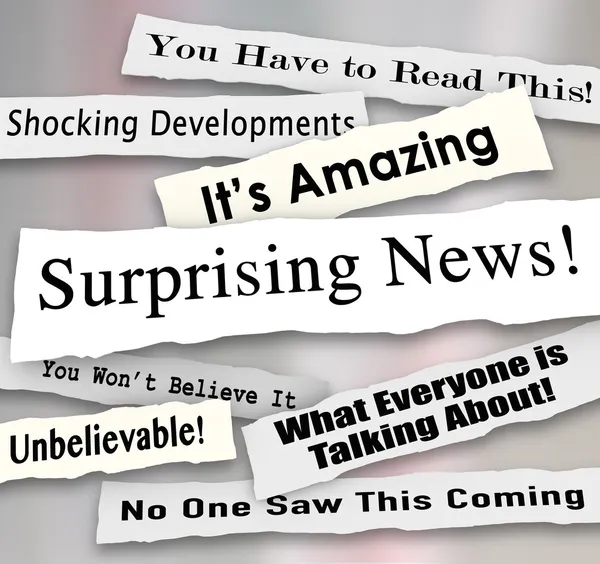Headline writing might very well be the most important part of copywriting. It doesn’t matter if you’re writing an article, newsletter, sales copy, blog entry, web page, email, or business report; the headline is the most crucial section of every single one of them. If the article does not have an interesting heading, the rest of it will not be read. If you work on refining your headlines, you will notice that people will no longer ignore, discard, or delete your writing because they will be eager to learn more about what you have to say.
Headlines Grab Attention
People who have a lot on their plates are able to keep their lives under control by making snap judgments about whether or not they should invest time in certain activities. It is the goal of the headline to pique their interest, get them involved, and hold their attention so that they disregard any and all other potential distractions and read on to learn more. Even though it only takes a second or two, this procedure is extremely painful and frightful to watch. A new email arrives, a web page opens, or a magazine page is turned, and in a fraction of a second or two, the reader decides whether or not to read it and moves on to the next thing.
The title is your first and, in some cases, only chance to get people’s attention. Their attention will be drawn to the headline, and a decision will be reached in an instant. Is it something that interests them, that intrigues them, that amuses them, or that it is possible for them to ignore? There is no opportunity for a do-over. The appeal was denied. Only this one opportunity. There is no way to undo what you’ve done, and even if the rest of your essay is wonderful, funny, and full of useful information, no one will ever read it.
If you want to be successful, you will need to support your attention-grabbing title with an outstanding introduction, an outstanding main copy, a convincing summary, and a call to action that they are able to respond to. At this point, we are concentrating on the title because it is absolutely essential that it be compelling in order for the rest of the content to be read at all.
Laws of Headline Writing
The unbreakable laws of headline writing Every successful headline should adhere to these five golden standards of headline writing.
1. It must be understandable; the headline is not the place for ambiguity or hedging. It is essential that the meaning of the headline as well as the content of the rest of the piece be readily apparent.
2. It must be pertinent – The headline must be pertinent to both the introduction and the remainder of the article; otherwise, you will lose the reader as soon as they notice any inconsistency in the content of the two sections.
3. Direct your attention to the title: If you direct the attention of your headline to a particular group, then members of that group will like it and hang on your every word. Additionally, this will assist in making it more relevant.
4. It must be concise; a headline that is overly wordy or packed with waffle will not be read. Make sure that your headline is concise and gets right to the point.
5. It needs to be engaging – Don’t bore your reader; instead, keep them excited, amused, and curious about what comes next…
Mix it Up!
Different kinds of headlines The last guideline brings us to the second significant issue, which is that you shouldn’t restrict yourself to just a single kind of headline. Traditional options for headlines such as “How to…” or “10 methods to” are wonderful; however, why not try one of the other options? You might attempt an emotional title, a prediction headline, or a command headline.
Add some flavor to your headings. After that, you should make an effort to liven up your headline. In addition to using keywords, make use of what I call hot words. Hot words are words that have a lot of influence in the industry or market that you work in specifically. If you are writing about a topic related to food or drink, for instance, you might use phrases like “taste,” “taster,” “flavor,” “serve,” or “on a plate.” These expressions can be quite effective. You shouldn’t make an attempt to incorporate all of them because doing so would result in a headline that is more likely to cause your readers to sigh than to cause them to nod in agreement.
Finally, put your title to the test. Examine your heading once more, then put it to the test. How does it sound when read aloud? Are there any of these words that could use some work? Does it cause them to feel something, or does it lead them to believe that you empathize with them and feel the same way they do? Would you want to read more as a result of it? There is a significant possibility that you will have two or three different versions of the same headline. You should give each one a shot, and then choose the one that works out the best for you.

